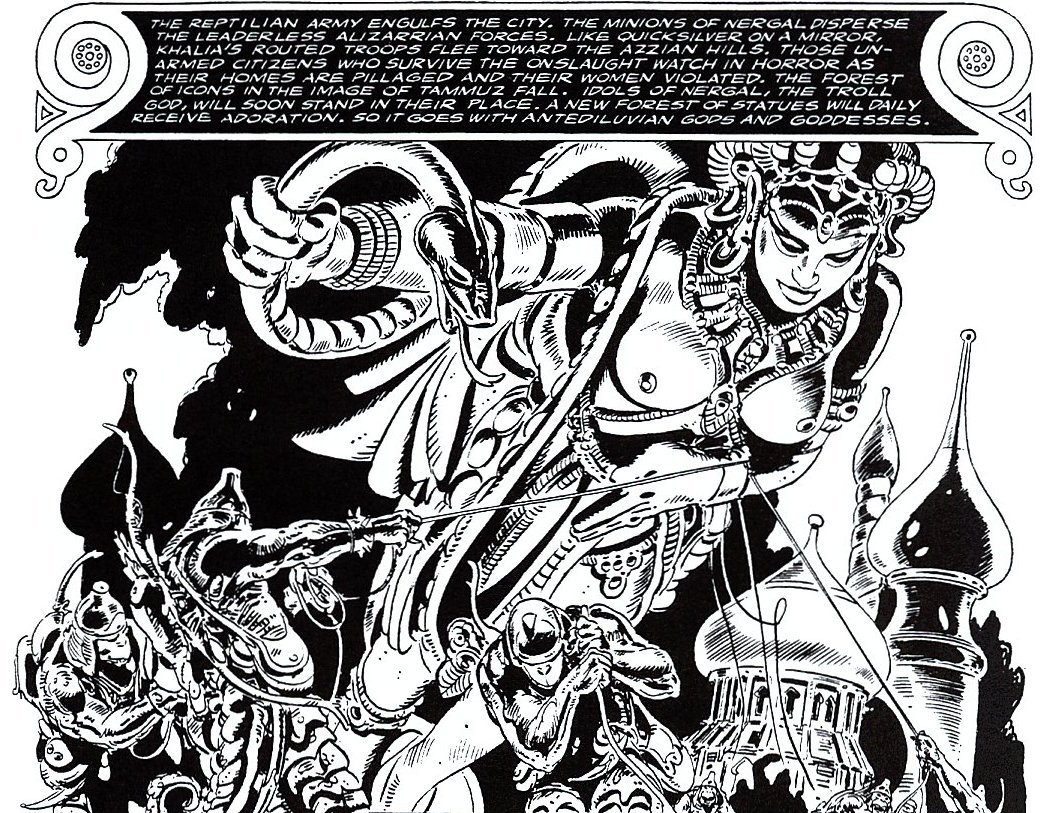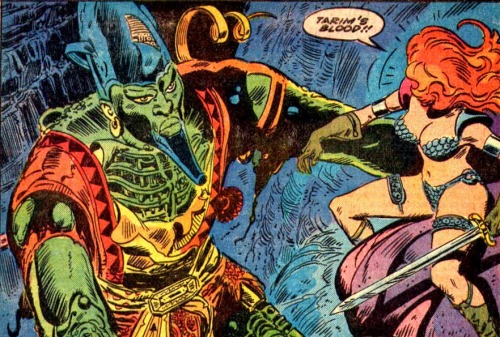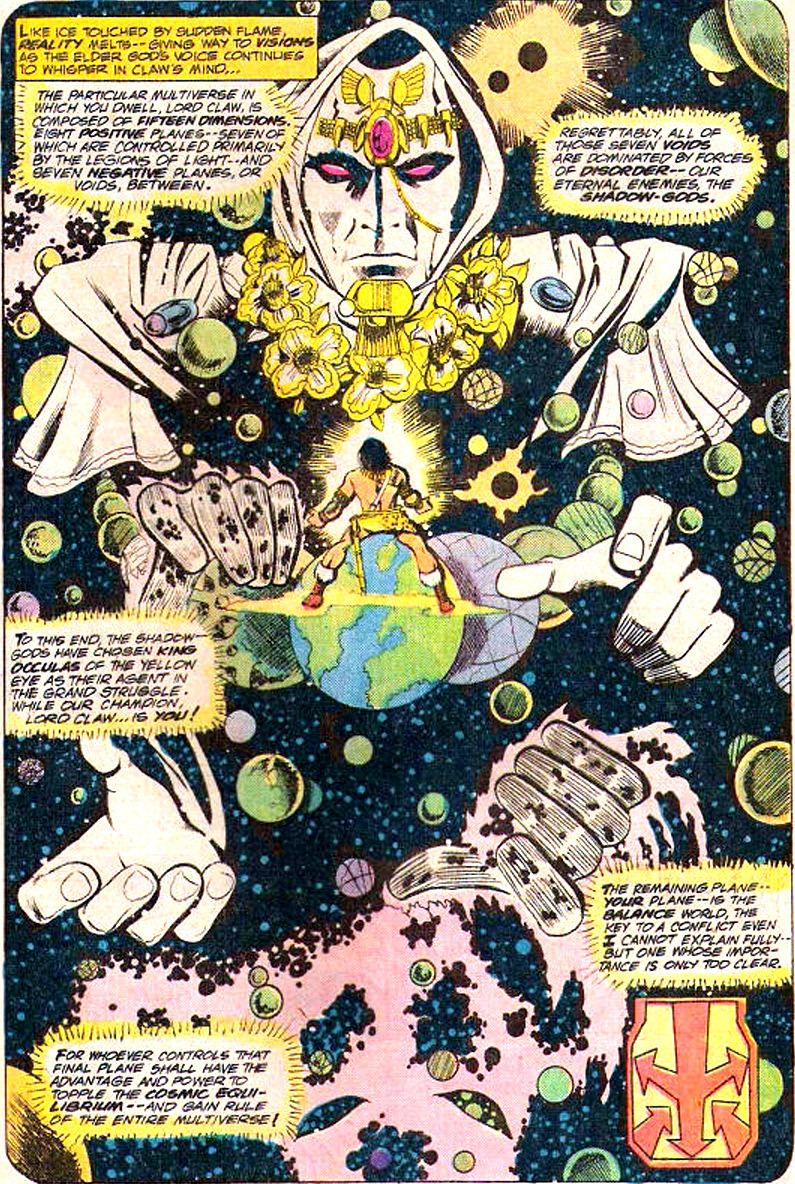Our 5e Land of Azurth campaign continued last night (now in
its fifth year!) with the party trying to get some information from the the tree-like mass of gears and wires that bore the face of the former Princess of Yanth Country, Viola. They couldn't make much from her comments. Was she merely repeating words from their questions or genuinely answering? They did think they got the phrases: "Not trust", "Queen Desira", and "Find. Now." Those may or may not have been related thoughts.
Suddenly, there was a flash of light in the hallway, and a mysterious stranger in a long coat with a flying-V guitar slung across his back stepped into the room. For some reason, the party immediately assumed this was "Future Kully," though the Kully of this time was supposed to be dead. The stranger seemed flustered by their questions about his identity, noting that he wouldn't have worn a bandana over his face if he wanted it to be known. He told them they needed to return to their own time, and quickly, because "the forces of darkness" were coming. He invoked concerns about effecting the future were he to answer any of their quite reasonable questions. He would say of his own origins: he was from "their future, but also from the distant past." He left the room playing his guitar and disappeared in another flash.

The stranger's words soon proved true, as the castle rocked as if struck. The party decided it was time to escape. A giant, insectoid creature of clicking metal and whirring gears broke through the wall, but after favoring them with a scream like an approaching train, turned and stumbled its way in the direction the party had come from.
They made it down two levels. The crazy gnomes were now fleeing with them. They exited the front door and saw two dragons blacker than the night sky, smoky and insubstantial around their extremities, circling like hawks overhead.
The party
featherfall-ed (featherfell?) to the ground below. They saw black-armored riders on weird, loping steeds like hairless dogs with monstrous, human faces. They sprinted out of the clearing into a nearby stand of trees. Two riders peeled off from the many body and trotted over to the wood. Keeping a distance, one shot an arrow high. It transformed into a mass of arrows burning with green flame. The volley fell upon the party, seriously injuring Kairon and Shade. Again, the party ran for the deeper woods.
There, Phosphoro (finally) appeared, expressing regret for having forgotten to bring them back to their own time until now.
Back in Rivertown, the party discovered there have been some changes in their time away. A new palisade is around most of the city and there is a greater guard presence. They return to the Dove Inn and find their rooms are still intact, but they have back rent to pay.
When they see the innkeeper slip a note to a young boy, Waylon follows him through the streets. The boy goes to the house of Inkwell, the former bookkeeper to the former mayor. Inkwell returns to the inn looking for the party and asks them to meet him at his house this evening--and be careful of being followed.
That night, Inkwell tells them what has passed in the year they have been absent. Drumpf was elected mayor and used both his wizardly family and alleged aid from the land of Noxia to the North to enforce his rule in Rivertown. Gladhand, the former mayor, is in hiding, but Inkwell says he will offer the party a share in a large treasure if they will help him use the money to hire mercenaries to help drive Drumpf from the city. The party agrees to meet Gladhand.
 |
| Art by Jason Sholtis |
























































